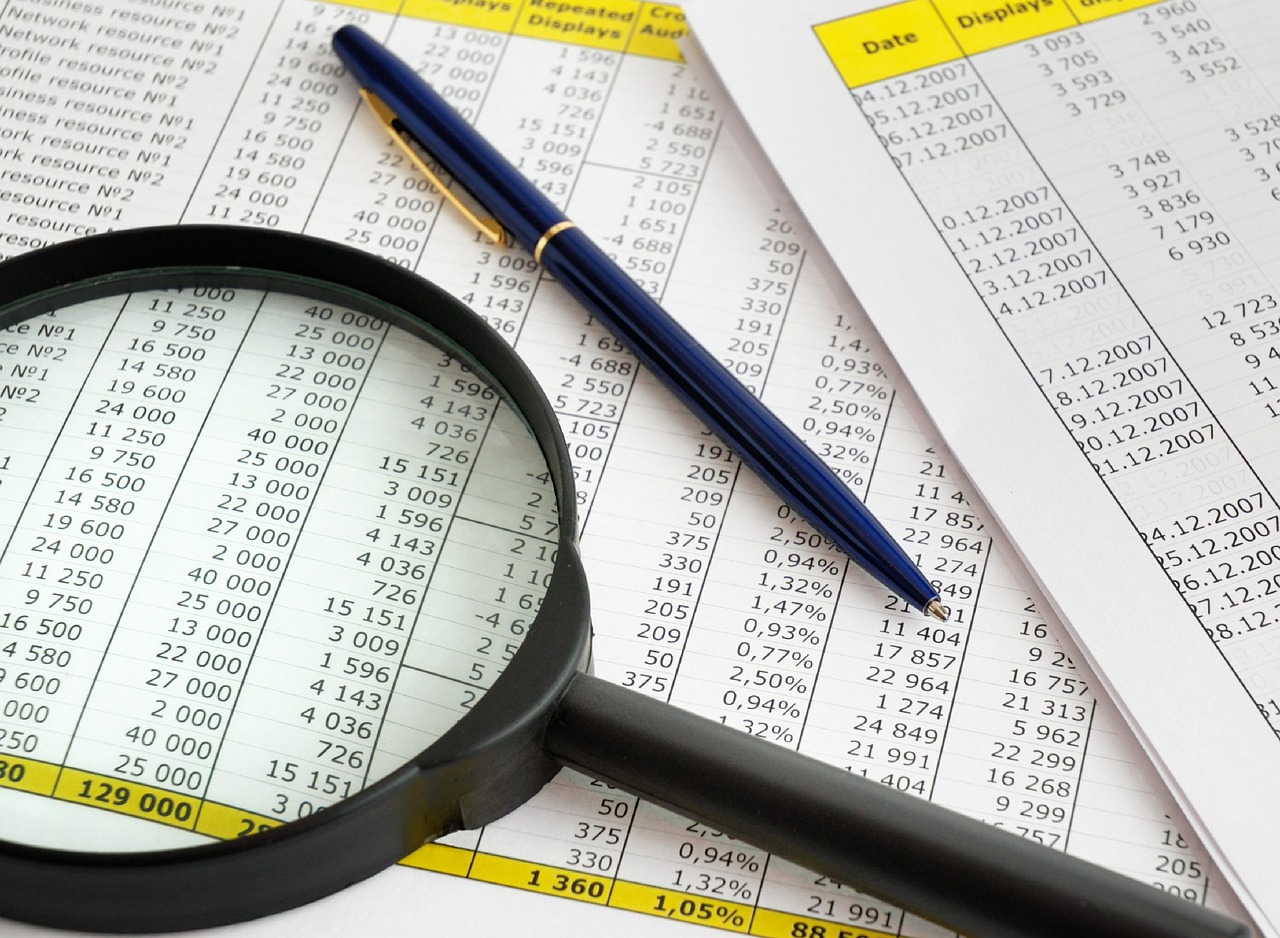

China cracks down on counterfeiters and parallel trade by strengthening export traceability.
For years,counterfeiters thrived in the shadows. A simple administrative sleight of handwas all it took: a manufacturer without an export license would “borrow” the papers of an authorized agent. As a result, it was impossible to know who was actually producing the goods.
But as of October 1, 2025, this game of opacity will come to an end. Notice No. 17 from the Chinese State Tax Administration changes the rules: each export must nowmention the actual manufacturer or seller of the exported goods (“actual entrusted exporter”) by providing the name, tax number, unified social code and exact amount of the export.
Agents who conceal or falsify this information will be reclassified as exporters. They will therefore be subject to enterprise income tax based on the full value of the export (up to 25% tax rate, not including penalties). This is not just a tax reform. It is a new weapon in the fight against counterfeiting and parallelnetworks.
· Authorities will be able to link each exported batch toits actual manufacturer or exporter.
· Rights holders will finally have usable data to trackdown and prosecute fraudsters.
· The use of shell companies, unscrupulous freightforwarders, or other offshore principals will be more complicated, making fraudmore costly.
Above all,this regulation gives brands new means of action, including:
· mapping of export channels, recurring declarants and HS codes,
· stronger contractual clauses in agreements signed with distributors, freight forwarders and customers, and
· chance to collect new evidence in the context of criminal litigation.
From October 1, opaque exports become a fiscal and criminal risk. Less opacity, more leads to track down illegal workshops and parallel networks, and better documented prosecutions. This is a real opportunity to defend your brands, provided you act quickly and methodically.
